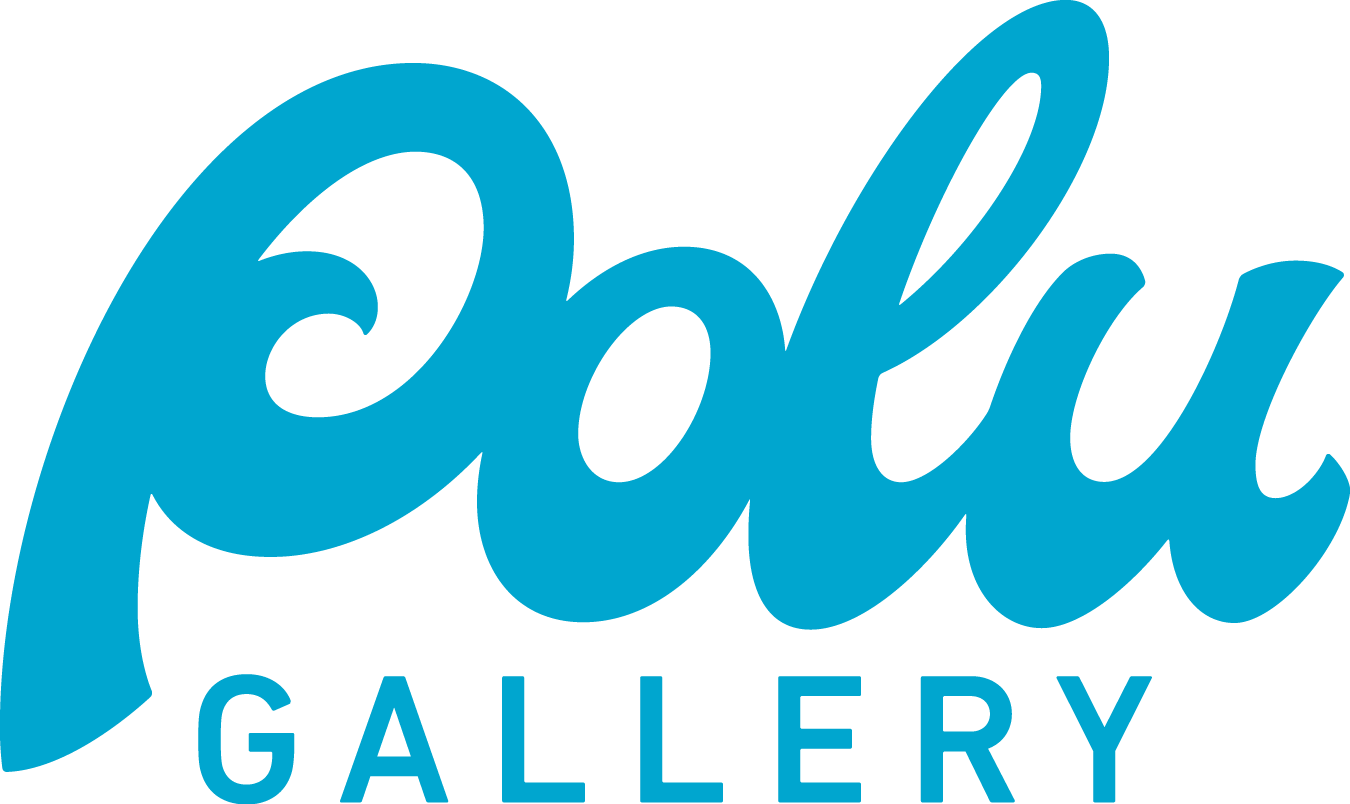The History of Surf Art in hawaii
By: Kennedi Seals
Surf art in Hawaii has an abundant and vibrant history that parallels the evolution of surfing itself, reflecting cultural, social, and environmental influences over the decades. This article explores the journey of surf art in Hawaii from its early roots to its modern expressions.
To begin, Surf Art in Hawaii traces its origins to the ancient Polynesians who first settled the islands. These early settlers not only brought with them the skill of wave riding but also a deep reverence for the ocean, which pervade their art and culture. Traditional Hawaiian art often depicted surfers, waves, and ocean gods, showcasing a spiritual connection to the sea. These artworks were created using natural materials like wood, bone, and plant fibers, illustrating the islanders' intimate relationship with their environment.
As Hawaii encountered Western invasion in the late 18th and early 19th centuries, surf art began to assimilate different styles and techniques. European artists visiting the islands were captivated by the surfers and coastal landscapes, incorporating these themes into their paintings and sketches. This period marked the beginning of immersion between traditional Hawaiian motifs and Western artistic traditions, leading to a distinctive modern Hawaiian surf art style that emerged by the early 20th century.
The early 20th century saw a significant surge in the popularity of surfing in Hawaii, spurred in part by the efforts of Duke Kahanamoku, who introduced the sport to the world. This era witnessed a flourishing of surf art as local artists sought to capture the essence of the sport and the unique Hawaiian surfing culture. Artists like John Kelly and Eugene Savage depicted scenes of surfers riding monumental waves at Waikiki Beach, embodying the spirit of adventure and athleticism inherent in surfing.
The mid-20th century brought about a revolution in surfboard design and surf culture, which profoundly influenced surf art in Hawaii. Artists such as Rick Griffin and John Severson, themselves avid surfers, began to experiment with psychedelic and pop art styles, reflecting the counterculture movements of the 1960s and 70s. Their vibrant, colorful artworks adorned surfboards, posters, and magazines, becoming iconic symbols of the surfing lifestyle and shaping the visual identity of the sport.
In contemporary Hawaii, surf art continues to evolve, embracing diverse influences from street art, digital media, and environmental advocacy. Artists like Clark Little explore new mediums and techniques to capture the beauty and power of the ocean. Moreover, there is a growing emphasis on sustainability and conservation in surf art, reflecting broader environmental concerns within the surfing community. This modern era of surf art in Hawaii not only celebrates the sport's rich heritage but also serves as a platform for expressing contemporary issues and aspirations.
In conclusion, surf art in Hawaii has traversed a dynamic and multifaceted journey from its ancient Polynesian roots to its present-day manifestations. It serves not only as a visual representation of surfing culture but also as a testament to the enduring bond between the people of Hawaii and their beloved ocean. As the sport and its artistic expression continue to evolve, surf art in Hawaii remains a vibrant and integral part of the islands' cultural tapestry.
Artists Above In order: Ok Liao, Jonas Claesson, Wooden Wave, Jonas Claesson
Click any image to learn more about the artists/Shop!




